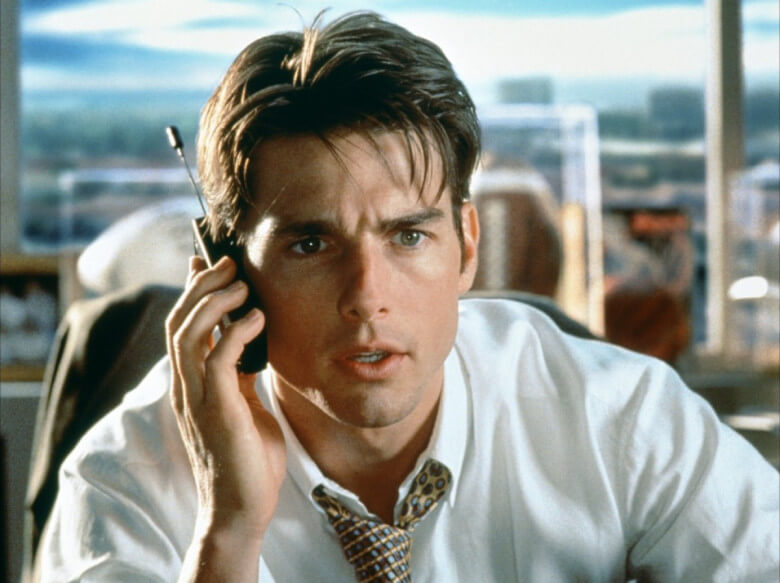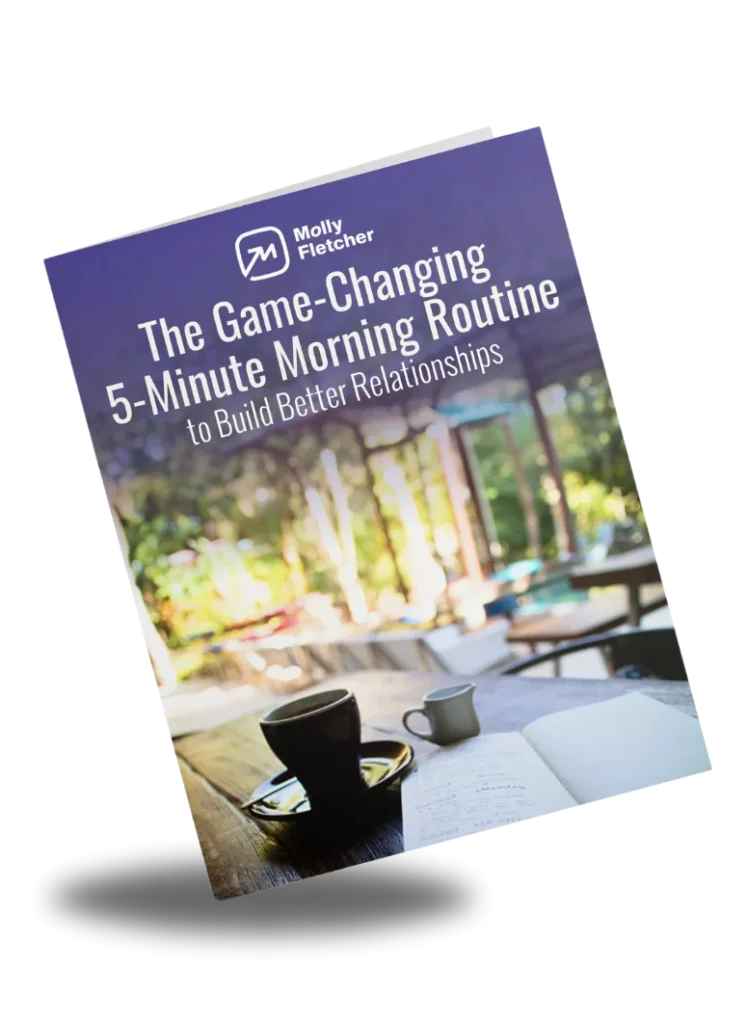 For many of us, saying no in an important relationship—or any relationship—is hard. How can you say no and remain open (and supportive) to the person or people you value in your life?
For many of us, saying no in an important relationship—or any relationship—is hard. How can you say no and remain open (and supportive) to the person or people you value in your life?
There’s an art to saying no and staying open. It’s a mindset that will truly empower the way you communicate. It’s a core habit for the most effective leaders. And it is essential for energy management.
Here’s what people do who practice the art of saying no and staying open.
- A clearly defined purpose helps them say no and mean it. When you are clear on what you want, and how it aligns with your personal mission, saying no ultimately means saying yes to other possibilities. Performing against a purpose encourages you to decide the best use of your time, talent and resources. It forms a boundary that shows you clearly that you can’t do it all and shouldn’t. When you are clear on purpose, you can say no without guilt and mean it.
- They recognize boundaries are part of healthy relationships. When we are afraid to ever say “no” in a relationship with someone we care about, that’s a red flag. Dr. Henry Cloud, author of Boundaries, defines a boundary as a personal property line that marks those things for which we are responsible. Relationships falter, he told me on a recent podcast episode, when we reach over the fence and begin taking responsibility for other people’s behaviors, moods, etc. Boundaries aren’t destructive to relationships; they are essential to maintaining healthy relationships.
- They counteroffer. It’s being able to say, “No, I can’t do this, but here’s another person you might ask who is even better at that than I am.” Or “No, but here’s a resource that will help you get that done.” When you add a comma after a no, instead of a period, it keeps the conversation open. When the solution you provide is even better, your “no” may even end up serving them better in the end. When it comes to the art of saying no and staying open, use your creativity to make a counteroffer. It makes “no” a whole lot less uncomfortable.
- They inspire others to reject perfectionism. Saying yes to everything is a myth of being perfect that many of us—consciously or not—buy into. We say yes on autopilot out of a misguided sense of responsibility (we have to do it all) or fear (if we don’t do it, who will?) When we say no, we show others how to reject the myth of doing it all. You can learn more about this from speaker and author Tiffany Dufu, who wrote “Drop the Ball” and shared this powerful message with me on a recent podcast. As Chief Leadership Officer of Levo and part of Sheryl Sandberg’s Lean In launch team, Tiffany says that saying no allows us to achieve more by doing less and achieve better work-life integration. I can’t agree more!
Your Game Changer Takeaway
The art of saying no and staying open means being clear on your purpose and what you can offer to others when possible. By reserving yes for the requests that are most aligned with your purpose, you can counteroffer with respect and openness to the needs of others. When you no longer fear saying no, you can tap your creativity to respond with alternatives. The more that you practice the art of saying no and staying open, the more you will move away from toxic perfectionism and model saying yes to what’s most important.
Molly Fletcher helps inspire and equip game changers to dream, live and grow fearlessly. A keynote speaker and author, Molly draws on her decades of experiences working with elite athletes and coaches as a sports agent, and applies them to the business world. Her new book, Fearless At Work, is now available. Sign up here to receive our monthly newsletter and subscribe to the Game Changers with Molly Fletcher podcast on iTunes.
















